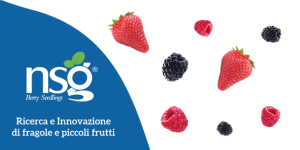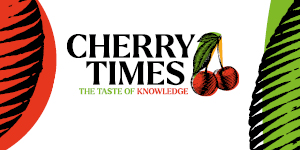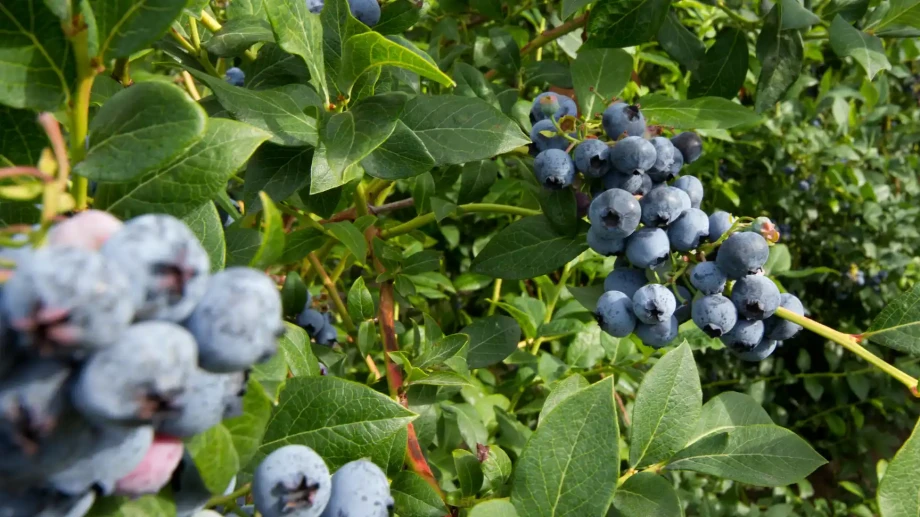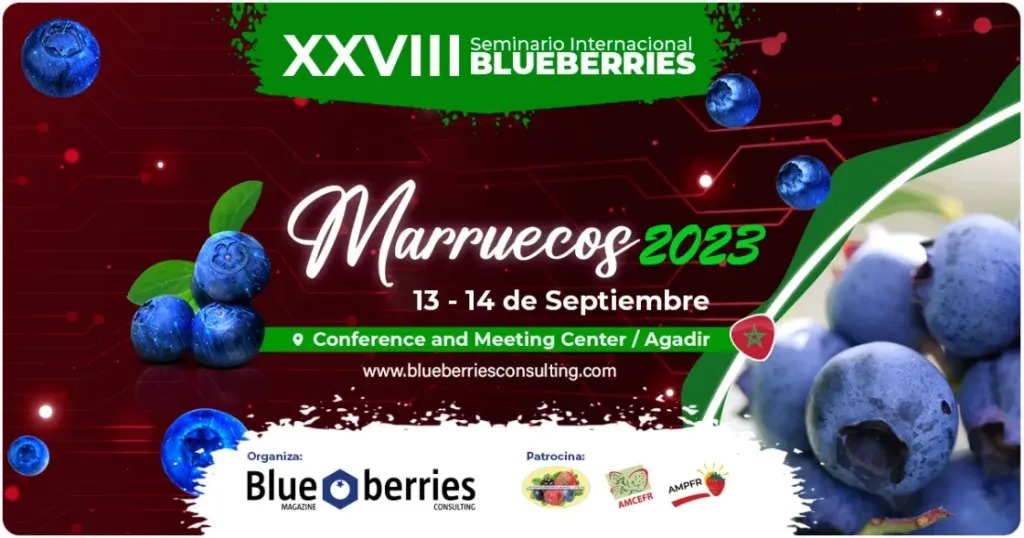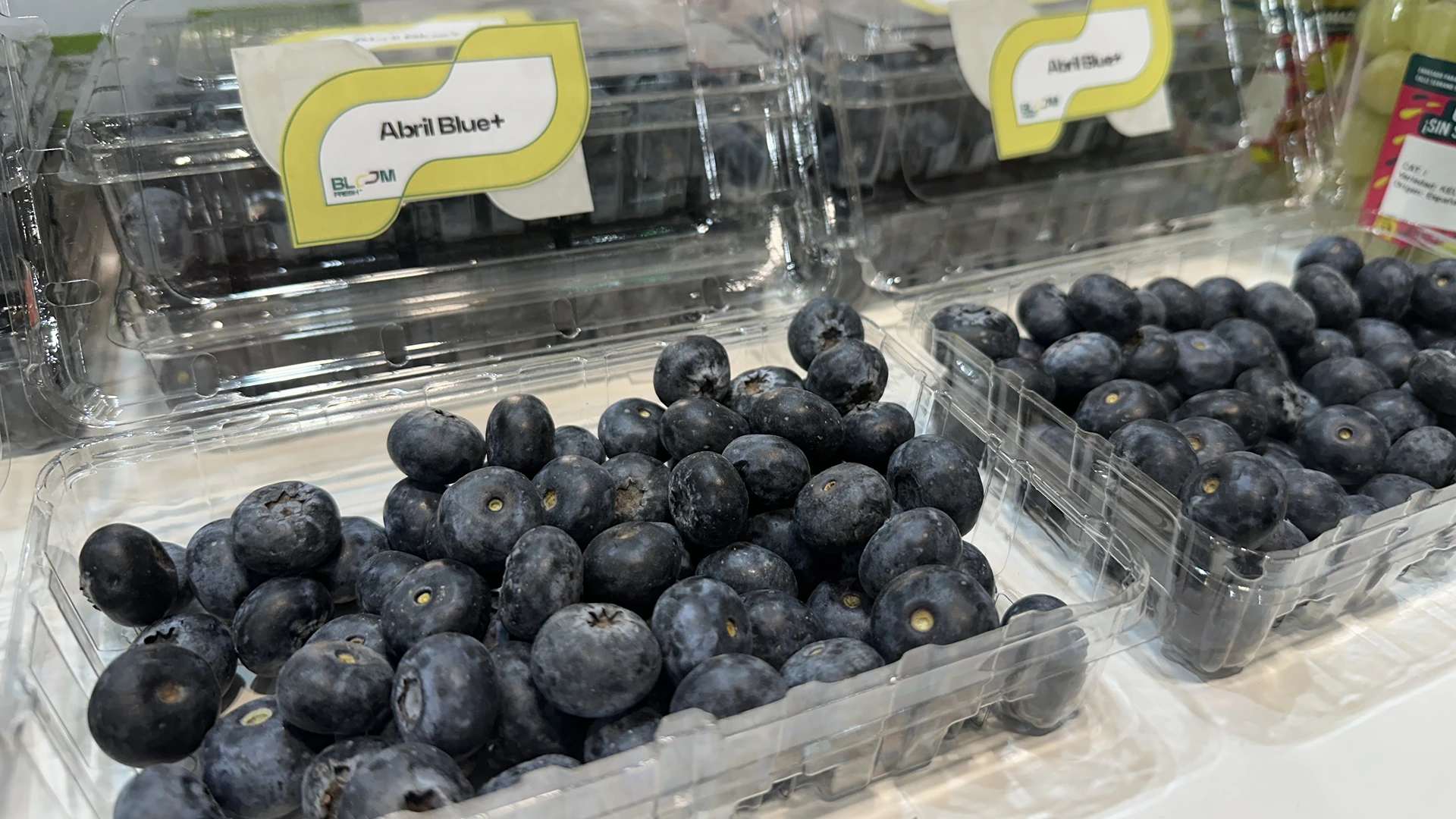As the global blueberry market continues to expand, stakeholders must not focus solely on high-yield cultivars. In the remote Andean highlands and Amazonian forests, native species of Vaccinium spp. represent an invaluable genetic heritage — the real key to future resilience.
Their conservation is a strategic investment against climate change, combining cutting-edge biotechnology with the ancestral wisdom of guardian communities.
The blueberry (Vaccinium spp.) is globally recognized for its economic potential and extraordinary nutritional properties, due to its richness in anthocyanins and bioactive compounds. However, this successful crop is increasingly threatened by climate change, urban sprawl, and intensive agriculture — all factors eroding essential genetic diversity.
The untapped genetic reserve
Wild and native species thriving in Andean and Amazonian ecosystems—such as Vaccinium floribundum (Colombia, Ecuador, Peru) and V. meridionale—are crucial. These ecotypes are not only ecologically important but possess unique adaptations.
They are naturally resilient to acidic soils, low temperatures, and high UV radiation, making them a gene reservoir for the development of new commercial cultivars more tolerant to biotic and abiotic stress.
The conservation of these resources is not merely an ecological gesture, but a strategic necessity for long-term food security and sustainable agricultural innovation.
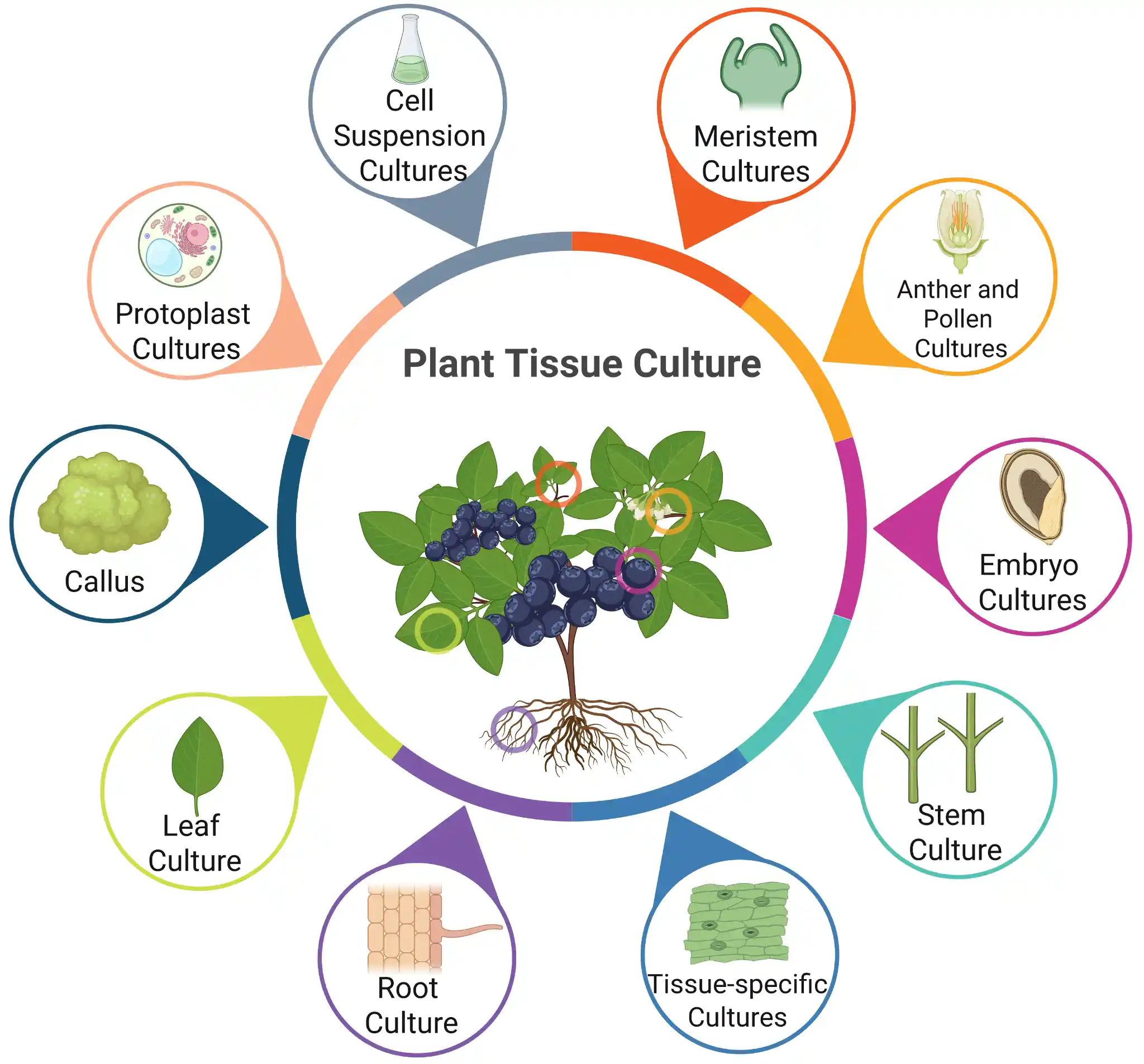
Figure 1. Schematic representation of explants used for in vitro culture of Vaccinium spp., including leaves, roots, apices, embryos, anthers, protoplasts, callus, and cell suspensions.
The strategic role of local communities
Biodiversity conservation is intrinsically linked to the human dimension. In rural Andean regions, the management of these genetic resources often relies on traditional knowledge.
Local communities practicing traditional agriculture and agroforestry systems act as true biodiversity custodians. Through these practices, they actively preserve their local blueberry ecotypes, ensuring continued access to nutritious fruits and supporting climate change adaptation.
In situ conservation—within natural habitats—not only preserves genetic diversity but also maintains cultural and social ties with Indigenous peoples.
However, the uncontrolled introduction of commercial varieties and lack of conservation policies are accelerating genetic erosion and the displacement of native species.
The alliance between technology and territory
To effectively protect this heritage, an integrated approach is being developed that combines local knowledge with the most advanced scientific tools. The goal is to overcome the fragmentation of habitats typical of Andean and Amazonian ecosystems.
Biotechnological tools are pillars of ex situ conservation (outside natural habitats), providing a secure "backup" of germplasm:
- In vitro micropropagation enables rapid production of uniform, pathogen-free cloned plants from explants (such as vegetative apices), ideal for unique genotypes that propagate slowly in nature.
- Cryopreservation offers a long-term genetic reserve, storing plant material in liquid nitrogen (−196 °C) without alterations for decades.
Genomic tools provide a "precision map" to guide conservation and genetic improvement efforts:
- DNA barcoding is crucial for reliable taxonomic identification of native species, especially in areas like the Peruvian Andes where many taxa are poorly described or cryptic. It helps discriminate valuable ecotypes and map priority areas.
- Next-generation sequencing (NGS), particularly techniques like GBS (Genotyping-by-Sequencing), allows the identification of genetic loci associated with environmental stress tolerance and accelerates the selection of adaptable cultivars.
The future: landscape genomics and artificial intelligence
Future prospects focus on integrating these molecular data with on-field environmental variables—an approach known as Landscape Genomics. This technology integrates genetic data with climate, soil, and land use information to precisely identify priority zones for conservation or adaptive restoration.
Artificial Intelligence (AI) and Machine Learning are emerging as strategic tools:
- They can leverage computer vision (including drone-based UAV systems) for field monitoring, yield estimation, and early disease detection.
- Through Species Distribution Modeling (SDM), AI helps predict how the habitats of these species will shift under future climate scenarios, guiding conservation planning.
The success of this strategy hinges on the translation of scientific knowledge into concrete local actions, bridging the gap between high-tech laboratories and remote Andean and Amazonian communities.
Integrating genomic monitoring platforms with community-run nurseries is a tangible example of how science can support equitable and resilient rural development.
In short, the conservation of native Vaccinium spp. germplasm is a strategic imperative. Industry stakeholders must recognize this genetic resource not only as a heritage to preserve, but as a critical asset for the competitiveness and adaptability of future crops in a rapidly changing world.
The future of blueberries inevitably lies in the harmonious integration of science, technology, and local stewardship led by guardian communities.
Text and image source: Arista-Fernández, H.S.; Hernández-Amasifuen, A.D.; Pineda-Lázaro, A.J.; Guerrero-Abad, J.C. Biotechnological and Genomic Applications in the Conservation of Native Blueberries in Natural Habitats. Int. J. Plant Biol. 2025, 16, 109. https://doi.org/10.3390/ijpb16030109
Opening image source:




